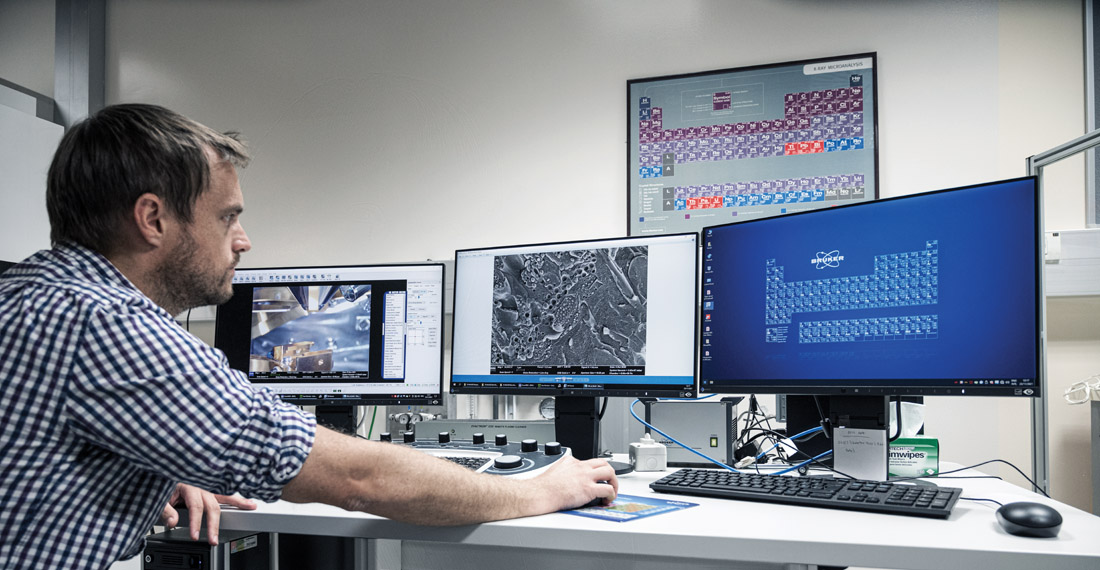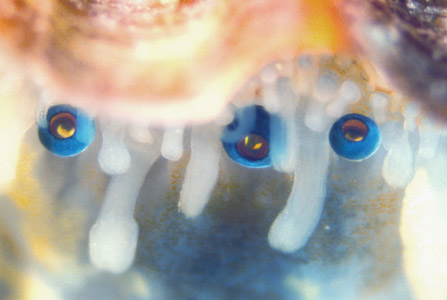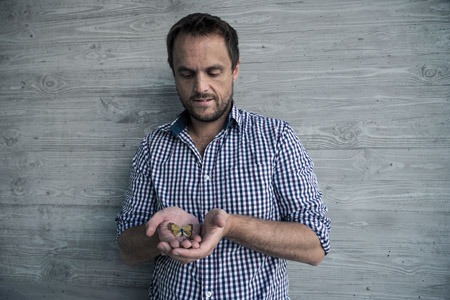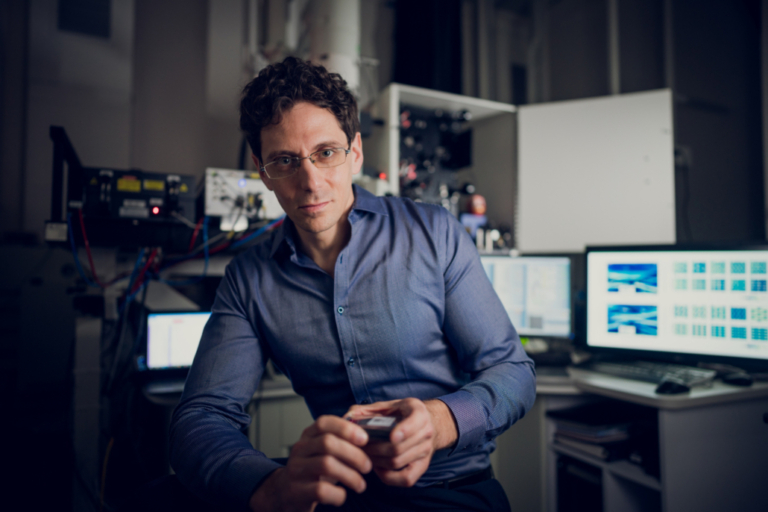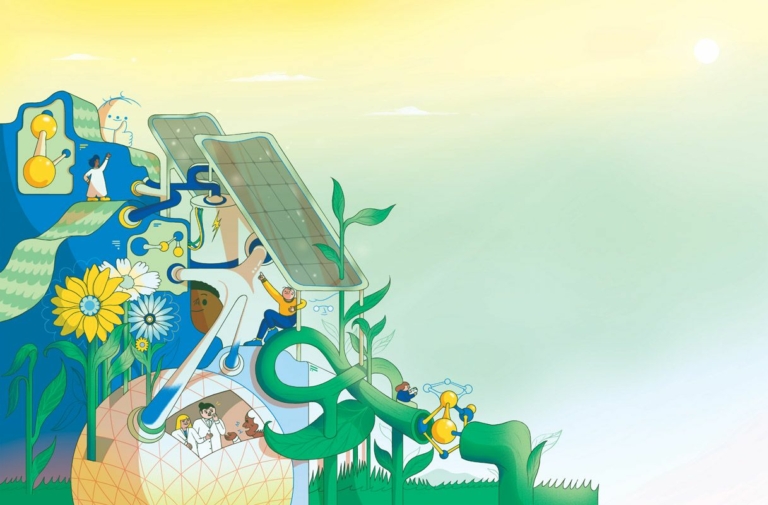As it turns out, a scallop does have eyes.
But all that is just a prelude to what’s truly impressive about scallop eyes. They’re nothing like human eyes. Scallop eyes are actually more akin to complicated telescopes, containing thousands of tiny, crystalline mirrors that allow scallops to see their environment.
Benjamin Palmer, a chemistry professor at Ben-Gurion University of the Negev and Azrieli Early Career Faculty Fellow, originally thought his academic career would focus on the pure, technical science of crystallography, or the arrangement of atoms in crystalline solids, a field that can help us understand the atomic structure of almost anything. That goal lasted until he encountered scallop eyes, an ancient evolutionary masterpiece that prefigured human engineering of telescopes by a few hundred million years.
“For whatever reason, I was always interested in crystals,” says Palmer, who joined Ben-Gurion in 2019 after a postdoctoral fellowship at the Weizmann Institute of Science. “I guess the symmetry appealed to me. There was something very aesthetic about it. Then I read a couple of articles from two professors at Weizmann on animal crystallization and compared what I was doing in the lab with what these animals were doing.” He remembers thinking, “Well, there’s no point in me carrying on doing my chemistry stuff. I should go and learn what animals are doing because they clearly do it much better.” After “blowing through” the articles and sending his CV to the authors, Lia Addadi and Steve Weiner, Palmer flew to Israel from his native Wales and decided immediately that he wanted to stay.
Most animal eyes work by allowing light to pass through a lens at the front of the eye. That light is then projected and focused onto the retina, which lies at the rear of the eye, creating an image that is collected by tiny nerves and then sent to the brain for interpretation. But scallop eyes work quite differently. First of all, the light passes through not one but two retinas, distal and proximal. And, crucially, the retinas are not located at the back of the eye as with humans and other animals, but float in the middle. Light passes all the way through the retinas until it encounters mirrors at the rear of the eye. It’s the job of the mirrors, working in a perfectly coordinated array, to bounce the light up to the retinas, where it is finally focused for use. The unusual shape of the mirrors reflects incoming light to different points on the retinas, allowing them to perform two separate functions. The upper retina is specialized for imaging well-focused on-axis light for detecting moving predators, while the lower retina is specialized for imaging off-axis light and providing relatively high-quality peripheral vision.
And if all that isn’t remarkable enough — remember, we’re talking about scallops here, nobody’s idea of the most sophisticated animal on Earth — the structure of the mirrors, made of layered crystals, is another marvel of evolution. “The general theme of our lab is to figure out how animals use crystalline materials to manipulate light,” says Palmer. Broadly speaking, this area of study is a subset of the field of biomineralization, or the processes animals use to make hard structures like bones, shells and teeth. The big question in that field is how do organisms take ions that they find naturally — in sea water, mother’s milk and so forth — and concentrate them into a functional material like bone? “But there is another class of materials that form in animals,” Palmer explains, “and these crystalline materials are made by the cells themselves.” Instead of being formed using ions found in the surrounding environment, these organic crystals are synthesized internally by specialized cells. A particularly useful building block employed by scallops is guanine, one of the four essential bases that make up the structure of DNA.
The eye of a scallop is an ancient evolutionary masterpiece that prefigured human engineering of telescopes by a few hundred million years.
Photograph Courtesy of: Dan-e Nilsson, Lund University
